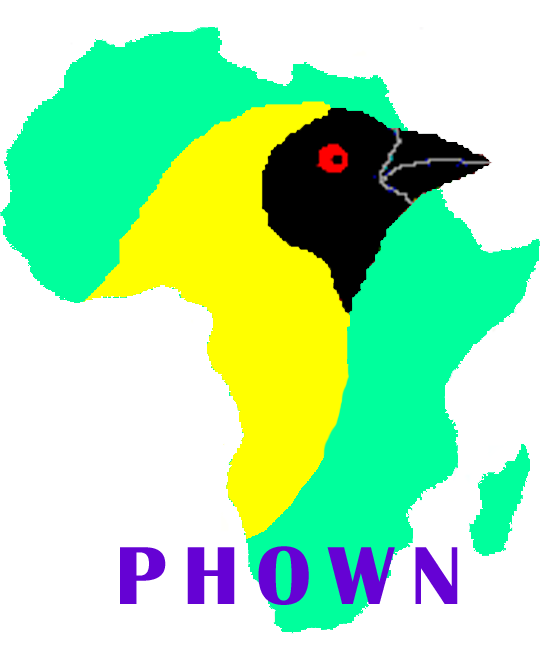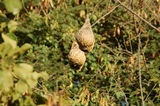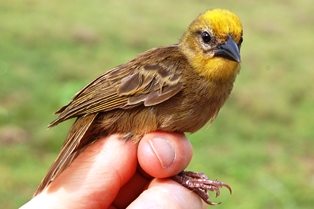Weaver news
| Ishtiaq F, Beadell JS, Warren BH, Fleischer RC. 2012. Diversity and distribution of avian haematozoan parasites in the western Indian Ocean region: a molecular survey. Parasitology 139:221-231 Abstract. The genetic diversity of haematozoan parasites in island avifauna has only recently begun to be explored, despite the potential insight that these data can provide into the history of association between hosts and parasites and the possible threat posed to island endemics. We used mitochondrial DNA sequencing to characterize the diversity of 2 genera of vectormediated parasites (Plasmodium and Haemoproteus) in avian blood samples from the western Indian Ocean region and explored their relationship with parasites from continental Africa. We detected infections in 68 out of 150 (45·3%) individuals and cytochrome b sequences identified 9 genetically distinct lineages of Plasmodium spp. and 7 lineages of Haemoproteus spp. We found considerable heterogeneity in parasite lineage composition across islands, although limited sampling may, in part, be responsible for perceived differences. Two lineages of Plasmodium spp. and 2 lineages of Haemoproteus spp. were shared by hosts in the Indian Ocean and also on mainland Africa, suggesting that these lineages may have arrived relatively recently. Polyphyly of island parasites indicated that these parasites were unlikely to constitute an endemic radiation and instead probably represent multiple colonization events. This study represents the first molecular survey of vector-mediated parasites in the western Indian Ocean, and has uncovered a diversity of parasites. Full understanding of parasite community composition and possible threats to endemic avian hosts will require comprehensive surveys across the avifauna of this region.
The authors found a Plasmodium lineage with a relatively wide distribution (LIN 8P). They conclude that it may have expanded its range via the range expansion of the Red Fody.
Photo: adult male Seychelles Fody Literature as featured in Weaver Watch news items |











 The incidence of blood parasites in weavers is shown below (recompiled from Table 1 in the paper):
The incidence of blood parasites in weavers is shown below (recompiled from Table 1 in the paper):